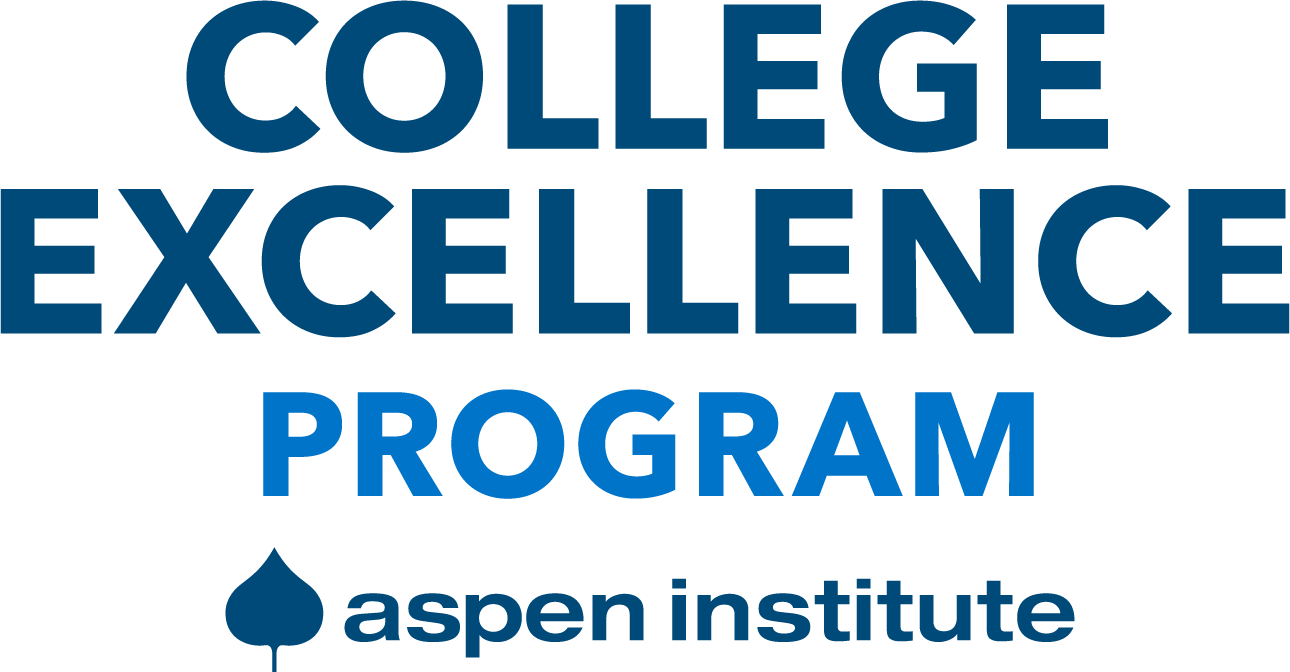
Aspen-AASCU Transfer Student Success Intensive Practice Assessment
Welcome to the Aspen-AASCU Transfer Student Success Intensive! Please complete this evaluation on your current transfer practice (at your individual institution and in the community college-4-year institution partnership). Results from this survey will be used throughout the Intensive to inform discussions between partner institutions on the current and future state of transfer within the institutions and the partnership and explore the impact of the program.
Although we ask you to identify the name of your institution in the survey, we will only disclose institution-level responses to the individuals within your partnership, not with the greater Transfer Intensive.
This evaluation should be completed by each individual on the Intensive team (except the presidents, who will complete a separate survey) to the best of their current knowledge on each topic. The evaluation focuses on transfer practice in terms of prioritization, advising, and pathways efforts, both institutionally and within your partnership.
To complete the evaluation, please read each statement in full and choose a response that best describes the degree to which your institutions and/or partnership have adopted each practice based on the scoring rubric provided: Not Present, Beginning, Emerging, Established, Advanced, and Unknown.
This survey defines partner and partnership as the relationship between the community college and four-year institution.
The survey should take roughly 15 minutes to complete. We look forward to working with you during the year-long Aspen-AASCU Transfer Student Success Intensive!
